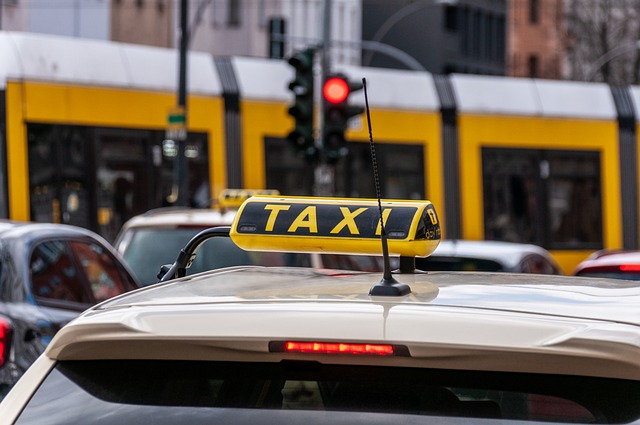Class 4 Knowledge Test: What You Need to Know
Passing the Class 4 knowledge test is the first step towards obtaining your license and becoming a skilled, safe driver. At All Canada Quiz, we provide the best resources and practice tests to ensure that you’re fully prepared. Here’s what you need to know about the Class 4 knowledge test.
Class 4 Knowledge Test Overview
The Class 4 knowledge test consists of 35 multiple-choice questions covering essential topics such as vehicle safety, air brakes, and driving in various weather conditions. It’s designed to test your understanding of the rules of the road and the skills needed to drive a taxi or similar commercial vehicles.
Preparation for the Test
At All Canada Quiz, we offer comprehensive practice tests that simulate the real test conditions. Our goal is to help you familiarize yourself with the test format and ensure that you’re ready for the challenge. Our experienced instructors provide guidance and support to help you succeed.
What to Expect During the Road Test
After passing the knowledge test, you’ll need to complete a road test, where you’ll demonstrate your driving skills. The road test includes tasks such as parallel parking, backing up, and performing turns. Our instructors will work with you to ensure you have the confidence and ability to pass the road test as well.
Key Warnings to Keep in Mind
- Avoid abrupt maneuvers: Don’t slam on the brakes or accelerate suddenly while maneuvering.
- Child restraint systems: Never use rear-facing infant or child seats in passenger seats with active frontal airbags.
- Mirror distortions: Be aware that convex mirrors may distort reality, making objects appear smaller and further away than they are.
- Don’t turn off the ignition while moving: Turning the ignition to the “lock” position while driving may cause the steering wheel to lock.
- Cruise control: Avoid using cruise control in slick or wet weather conditions.
- Stopping on ice: On icy roads, stopping may require up to ten times the average braking distance.
- Carbon monoxide poisoning: If you experience dizziness or fatigue while driving, stop immediately and get fresh air. Carbon monoxide poisoning can occur in closed vehicles.
- In case of a fire: If your car catches fire, pull over and evacuate immediately. Do not open the hood.
- Stuck gas pedal: Never push a stuck gas pedal with your hand, as this may cause you to lose control.
- Insurance verification: Ensure your vehicle is properly insured for the road test. ICBC will not take responsibility for insurance coverage; consult your Auto plan broker if you have concerns.
- Insurance decal: Ensure your vehicle’s license plate has a valid insurance decal, as driving without valid insurance can result in severe fines.
- License and permits: Make sure you’re driving with a current and valid license, and ensure you meet all licensing requirements. Otherwise, your insurance may be void in case of an accident.
Conclusion
By thoroughly preparing for the Class 4 knowledge test, including understanding the important warnings and regulations, you can ensure that you are ready for both the knowledge and road tests. All Canada Quiz is here to guide you through each step and provide the tools you need to succeed.
